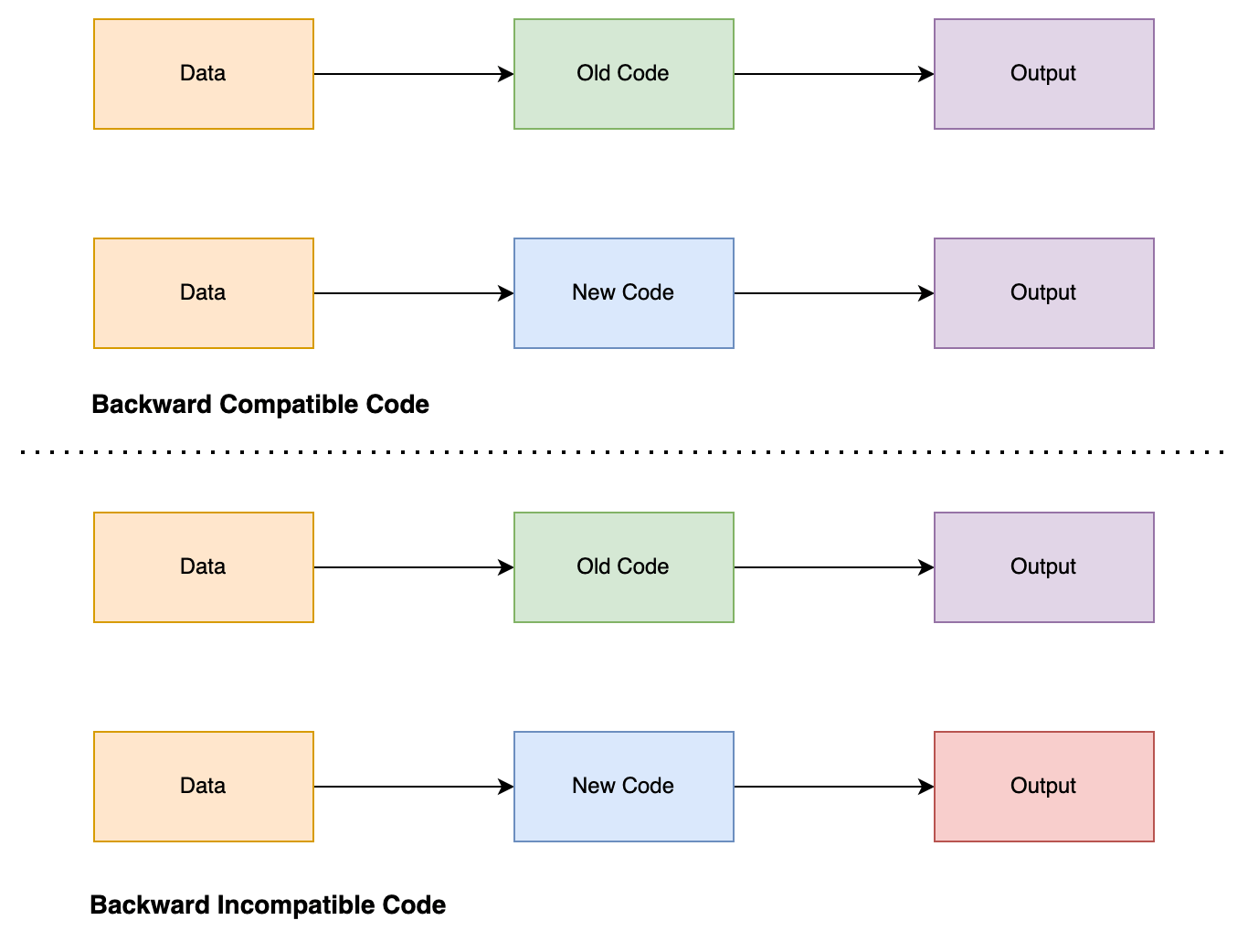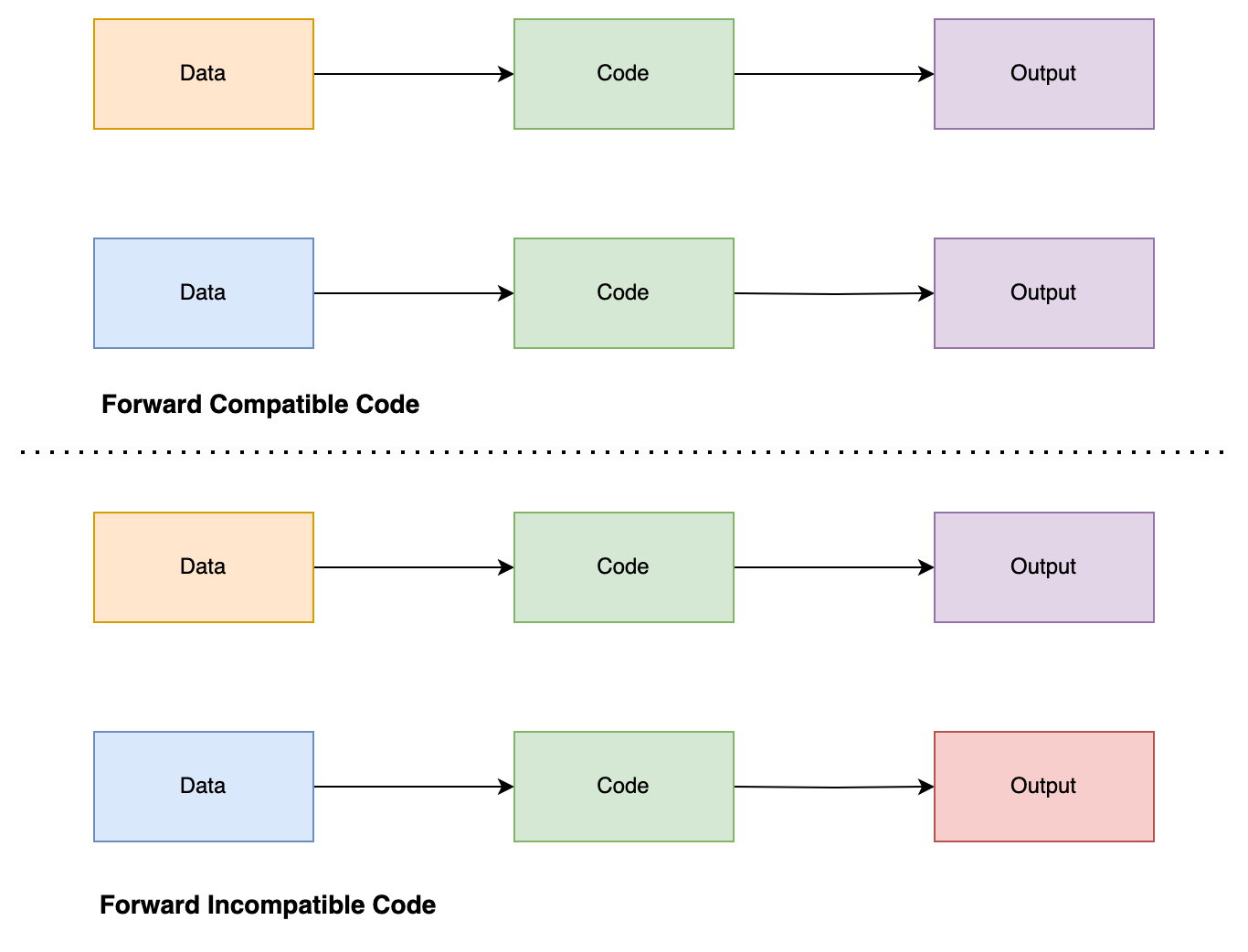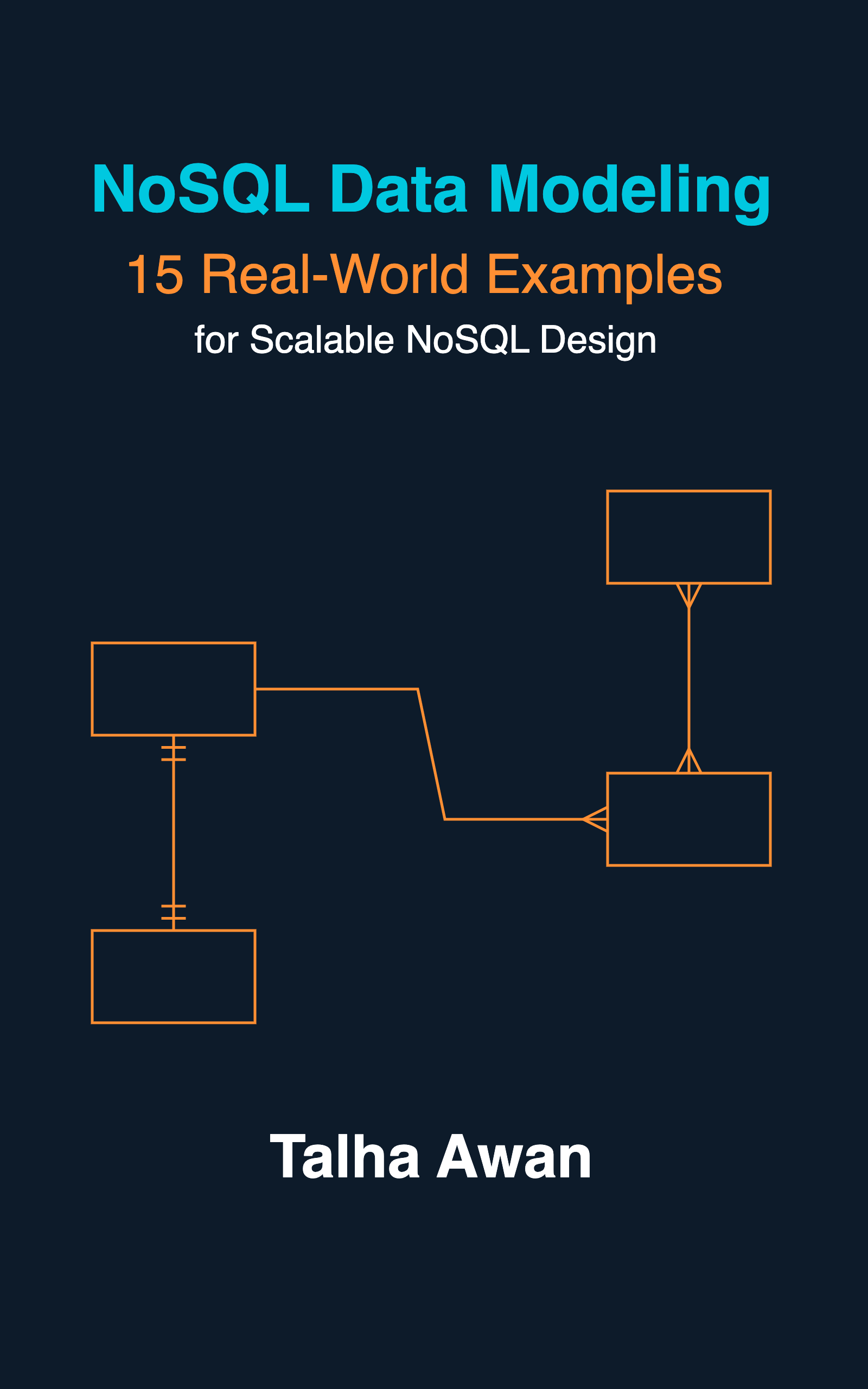The term backward compatibility is often used in software development, while forward compatibility is mentioned relatively less. What are these terms and how do we ensure that your work is always backend and forward compatible?
Let’s see.
The Definition
When your code is newer while the data it works with is the same, and nothing breaks, your code is backward compatible.
When your code is the same while the data it works with is newer, and nothing breaks, your code is forward compatible.
Examples of Backward Compatibility
Say, you have a library method printUser. It takes two parameters, firstName, and lastName, and prints them. That’s your stable version. The library is your code, and the expected parameters and their order are the data required for the code to work.
Now, you change the code to expect three arguments, firstName, middleName, and lastName. The code prints them in that order. If you were to publish this as your stable version and people who were using your library updated their version to the latest, without changing their code, would their application keep on working as before? If yes, your new version is backward compatible. Otherwise, it’s not, and you have to specify that in some way (such as using the Semver convention of major, minor, and patch releases for proper versioning and communication).
Similarly, if you offer a REST API to your clients that they have integrated into their systems, they expect certain parameters and responses based on your API version. If you change the API slightly in a way that either the request or response has to be changed, your newer version of the API is not backward compatible.
Examples of Forward Compatibility
Take the same example of printUser. Say, someone using your library, having seen the latest docs, updates their code to pass three parameters to the method instead of two. But they have forgotten to upgrade the code to your latest version. In this case, the data and its format are newer, but the code is still the old one. If your code doesn’t break, it was forward compatible!
In the same way, say the frontend code using your APIs gets changed to expect different requests and responses from the API before your newer version is actually deployed. If everything still works, your API was forward compatible.
How Do We Ensure Backward and Forward Compatibility?
Ensuring backward compatibility is slightly easier because you know at the time of changing your code how to make it not break for the previous/existing version. You have that knowledge. All you need is to handle the old and new cases with the help of extensive testing.
For forward compatibility, you need to have some foresight and future-proofing by anticipating the possible scenarios where data in the future would be different from the current.
Note that ensuring backward compatibility is not always the goal. For instance, you do have to change your code or API significantly for major updates and new features. Just do that with proper versioning and communication (such as bumping the major version), so the code of others doesn’t break because of you.


